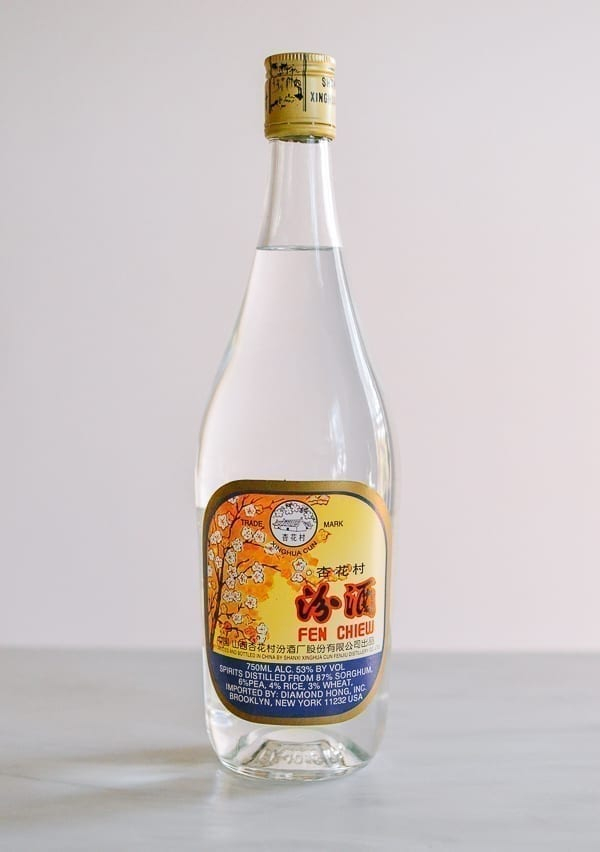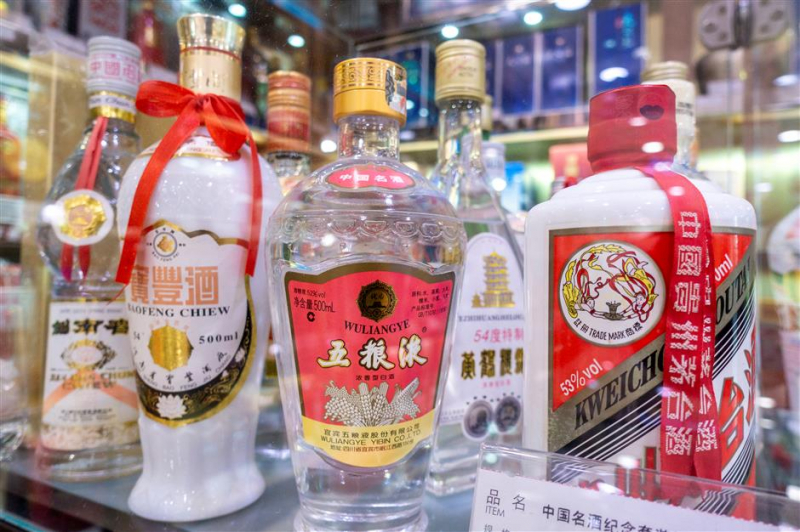Baijiu
A colorless Chinese alcoholic beverage with an average alcohol content of between 35% and 60% is called baijiu, sometimes known as shaojiu. Although different grains may be utilized, baijiu is typically distilled from fermented sorghum. However, other Chinese variants may use wheat, barley, or millet. Some southeastern Chinese styles may use glutinous rice.
The beverage derives its earthy flavor from being fermented in mud pits and aged in earthenware vessels. This, mixed with the fiery sensation due to its high alcohol content (upward of 50%), makes the beverage unpalatable to many Westerners, while Korean soju and Japanese sake have translated well across markets. Baijiu can also be made with rice and other grains. According to Derek Sandhaus, the author of Baijiu: The Essential Guide to Chinese Spirits (2014), the name baijiu doesn’t refer to a particular alcohol but rather any grain-based alcohol produced with traditional Chinese techniques. Sandhaus is a big proponent of getting Westerners to enjoy this harsh alcohol, but he himself had to consume more than 50 shots of baijiu to learn to enjoy the flavor.
Due to its clarity, baijiu can resemble a number of other East Asian alcoholic beverages, such as Japanese shōchū (25%) or Korean soju (20–45%), despite frequently having a higher alcohol content.
Origin: China



















